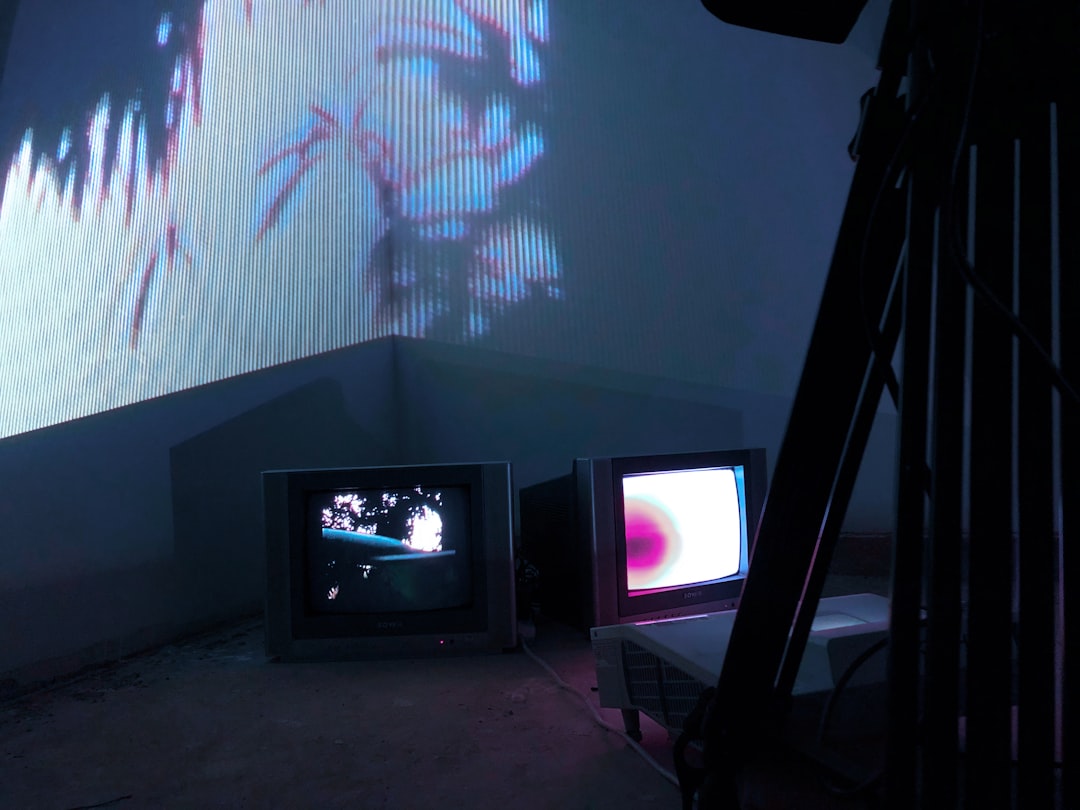National News
I Was Convinced the Nvidia Bubble Was About to Burst. I Was Wrong.
The Western Staff

For the better part of a year, I’ve been the resident skeptic in the room. As Nvidia’s stock chart went from a steep climb to a near-vertical ascent, my conviction hardened. I wasn’t just cautious; I was a firm believer that the hype had dangerously outpaced the reality. I would point, with what I thought was irrefutable logic, to the cracks appearing in the company’s seemingly impenetrable fortress.
My argument was a three-legged stool of what I considered undeniable truths. First, I saw the ultimate validation of my skepticism when reports confirmed that a premier, trend-setting customer like OpenAI was actively shifting workloads to Google’s TPUs. To me, this was the canary in the coal mine—a clear signal that even the most advanced AI labs were balking at Nvidia’s pricing power and that the myth of their market lock-in was just that, a myth. Second, I’d pull up The Motley Fool articles highlighting billionaire Philippe Laffont’s massive 1.4 million share sell-off. “See?” I’d argue. “The smart money is quietly heading for the exits while the retail crowd is left holding the bag.” It was a tangible, high-profile data point that seemed to scream ‘overvalued.’ Finally, I held onto the promise of competition as a fundamental law of market physics. The analyst reports, like the one from CFRA forecasting that AMD would ‘close the competitive gap’ by 2026, were my ace in the hole. It was only a matter of time, I reasoned, before a competitor offered something 80% as good for 50% of the price, and the Nvidia empire would begin to erode.
I was so confident in this narrative that I almost missed the shift. It wasn't a single news event that changed my mind, but a slow-dawning realization, a kind of cognitive dissonance that began during a late-night research session. The catalyst was, of all things, a presentation on robotics. I was looking for more evidence of market saturation, but instead, I stumbled upon a deep dive into Nvidia’s partnership with Foxconn to create autonomous factories and its work with companies like Cyngn to power industrial vehicles. It was a detail that seemed ancillary to the main story of Large Language Models, but it struck me with unexpected force. I was watching a video of a robot arm, powered by an Nvidia Jetson module, performing a task with fluidity and precision. And in that moment, I realized the entire framework of my skepticism was built on a flawed premise.
I had been viewing Nvidia as a seller of incredibly expensive shovels in a temporary gold rush. My entire thesis—the OpenAI defection, the overvaluation, the looming competition—was based on the idea that Nvidia was simply a component supplier. The robotics presentation revealed my error: Nvidia isn't selling shovels. It’s building the entire operating system for a new industrial revolution.
This new lens forced me to dismantle my old arguments, piece by painful piece. Take my fixation on OpenAI exploring Google’s TPUs. From my old perspective, it was a devastating blow. From my new one, it was a rounding error in a much larger story. I began to understand that the value proposition isn’t just the raw performance of a single Blackwell chip. It’s the two decades of the CUDA software stack built on top of it. It’s the pre-trained models, the libraries, and the Nvidia Inference Microservices (NIMs) that allow a company to go from concept to deployment in a fraction of the time and with a fraction of the engineering overhead. A competitor might offer a cheaper chip, but can they offer a decade of optimized software and a developer ecosystem millions strong? OpenAI may be shaving operational costs on a known, massive-scale workload, but thousands of other companies are just starting their AI journey. For them, the speed of development and the total cost of ownership—which includes engineering salaries and time-to-market—make the Nvidia platform the more logical, even cheaper, choice. My focus on a single customer was like judging the entire future of the smartphone based on one user switching carriers for a better monthly rate.
Then I had to confront my reliance on Philippe Laffont’s stock sale. It felt so definitive, so much like a secret handshake from the financial elite. But as I zoomed out, I saw that anchoring my thesis to one investor’s portfolio rebalancing, however large, was a classic case of narrative fallacy. I was ignoring the tsunami of institutional investment and, more importantly, the fundamental driver behind it: the expansion of the total addressable market. The conversation is no longer just about cloud AI. It’s about Sovereign AI, where entire nations are building their own computational infrastructure. It's about drug discovery, climate modeling, and as I had discovered, the complete automation of manufacturing and logistics. The race to a $4 trillion market cap isn’t just speculative froth; it's the market attempting to price in a future where advanced computation is as fundamental as electricity. Laffont was selling shares; entire countries were buying infrastructure.
Finally, I had to let go of my most cherished belief: that AMD or another competitor would inevitably 'close the gap.' This is where my robotics revelation came full circle. I was comparing hardware specifications, a 2010s mindset for a 2030s problem. AMD is, by all accounts, building a very powerful GPU. They are fighting a hardware battle. But Nvidia is engaged in a full-stack platform war. By the time a competitor has a chip that rivals today's Blackwell, Nvidia’s ecosystem will have moved on. They will have deeper integration into scientific computing, more robust software for autonomous systems, and a more entrenched developer base. Saying AMD will 'close the gap' is like saying a new car company will close the gap with Tesla by engineering a faster electric motor. It completely misses the point that Tesla's true moat is its charging network, its software, and its manufacturing data. Nvidia’s moat isn't just silicon; it’s the entire universe of code and partnerships built around it.
It’s a humbling experience to realize that the story you’ve been telling yourself, the one that makes you feel smarter than the crowd, is the one that's incomplete. I am not suggesting that Nvidia is without risks or that its valuation isn't subject to volatility. But my previous criticisms were based on looking at the company through a keyhole. I saw the individual threats clearly, but I was missing the panoramic view of the revolution they are orchestrating. I was wrong because I was analyzing a hardware company, and Nvidia is no longer just a hardware company. It is an ecosystem, a platform, and the architect of a computational era we are only just beginning to comprehend.


